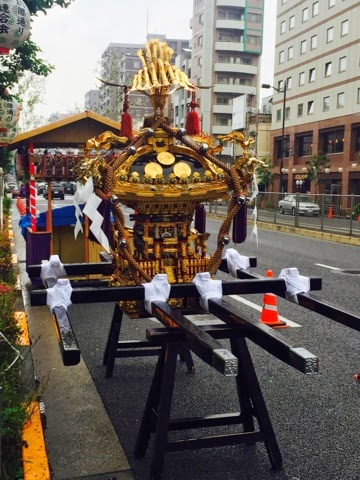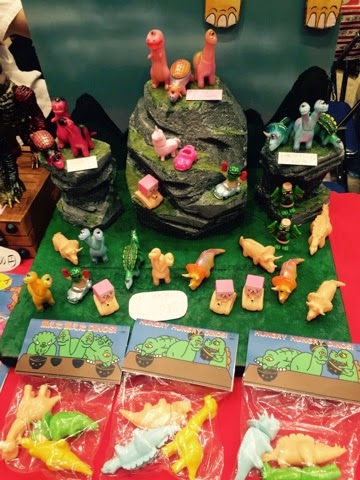I often wonder about how can I, in the singular, make a difference? Over my many years of work in education I often heard the same sentiment from my students. I am just one of the crowd:
And then I stumbled into the world of Nikkyo Niwano and Myoko Naganuma.
This all began on a rainy night when Shelley and I were exploring the back alleys around our neighbourhood and we stumbled across this huge building.
Everything being written in Japanese we debated what it could possibly be...a hospital, a university? We walked up the gorgeous marble stair case and peaked through the wrought iron doors to see an enormous ornate presentation hall with a huge, sparkling golden statue of Buddha.
We knew that this was a temple, but that is all we could figure out.
With Shelley in Canada, I have had some time to do a little research which culminated in my attendance at the worship celebration and my guided visit to Rissho Kosei-kai, the world headquarters of the Kosei faith.
I sat mesmerized through the solemn service of recitation of the Sutras, along with the massive pipe organ and the Tako drums.
After the service I had a long conversation and a tour of the dramatic head quarter buildings as well as the museum about the founders lives.
From Wikipedia;
Early life[edit]
Born on November 15, 1906 to farmers, Nikkyō had a humble life in a small town. Later in his youth he moved to Tokyo to work and it was here that he began to study several different religions. During his studies he attended a sermon on the Lotus Sutra and he became a Buddhist.
Risshō Kōsei Kai[edit]
Mr. Niwano had been actively involved with the Buddhist group Reiyūkai, and it was then that he encountered Ms. Myoko Naganumaand lead her to convert to Reiyūkai. In 1938 they both attended a leaders meeting where the leadership of Reiyūkai made several comments stating that the Lotus Sutra was outdated. After discussing this matter with each other, they decided that they could not belong to an organization which held this type of view.[1] On March 5, 1938 they founded Risshō Kōsei Kai, holding the first meeting in Mr. Niwano's house.
Mr. Niwano was to be the President and Ms. Naganuma to be the vice-president. As the organization grew he gave up his job as a milk man and devoted himself full-time to the ministry. He became involved in interfaith activities and helped to found the World Conference of Religions for Peace in 1970. During this time he became involved in numerous religious and cultural conferences and gathers, some of which include the Asian Conference on Religion and Peace and the 6th WCRP in Italy where he presided over the WCRP alongside Pope John Paul II.[2] He also spoke on several occasions as the United Nations calling for world peace and the abolition of nuclear arms.
In 1991 he stepped down as president and was succeeded by his eldest son, Nichiko Niwano. Although retired, he continued to participate in interfaith and peace activities.
Awards[edit]
In 1979 he was awarded the Templeton Foundation Prize for Progress in Religion. In 1992 he was made a Knight Commander with the Silver Star of the Order of St. Gregory the Great by the Vatican. In 1993 Mr. Niwano was awarded the Interfaith Medallion from the International Council of Christians and Jews. Daniel Montgomery quotes that "no Buddhist leader in the World has become more widely known or showered with honours than him." [3]
Death and legacy[edit]
Nikkyo Niwano died on October 4, 1999. He was cremated and some of his ashes were placed in the Precious Stupa of the One Vehicle, a small stupa located on the grounds of the groups headquarters. He is remembered for his interfaith work and his calls for global peace and disarmament.
Currently this group exists in countries around the world. " As of 2010 there are over 240 churches and centers in 20 countries.[7] Membership currently stands at 6.5 million members,[2] with the majority living in Japan." (Wikipedia)
Here are some photos of the simple beauty, the exquisite surroundings of the centre.
Not knowing this Buddhist sect in-depth, I find it awe-some, amazing, and inspiring that one man, born into poverty, living in our century, co-creative a religious movement for peace and justice that went from 2 members in 1938 to over 6 million members around the world in 2015.
The impact of one man....





















































